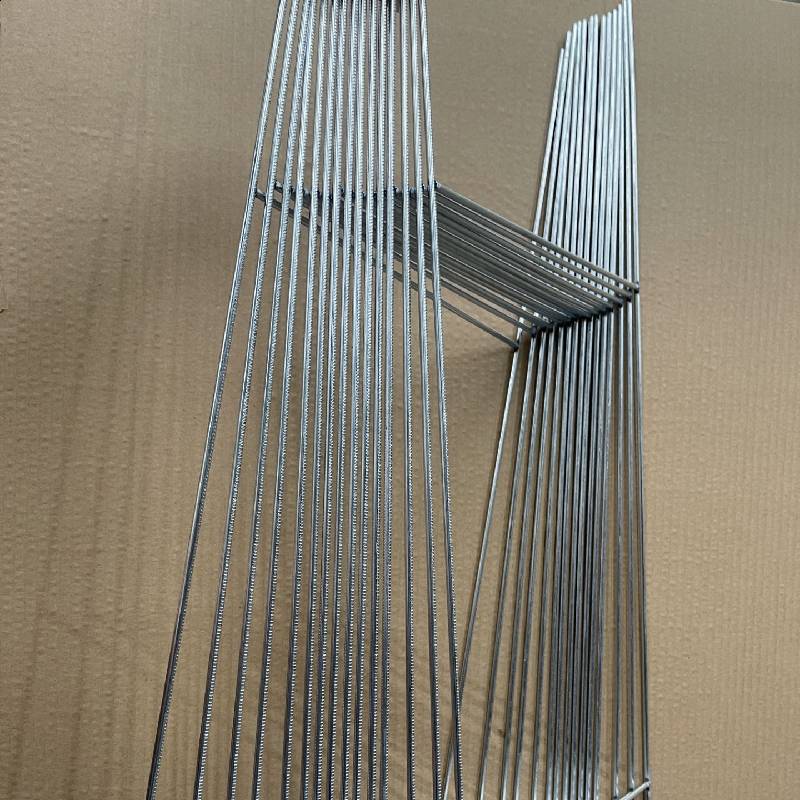
- Mobile Phone
- +8613931874955
- sales@cntcmetal.com
masonry reinforcement mesh
Understanding Masonry Reinforcement Mesh Enhancing Structural Integrity
Masonry construction has been a fundamental aspect of building design for centuries, offering durability, stability, and aesthetic appeal. However, as with any construction material, masonry has its limitations. Unaddressed stresses and environmental factors can lead to cracks and structural failure. This is where masonry reinforcement mesh comes into play, providing an essential solution to enhance the strength and longevity of masonry structures.
Masonry reinforcement mesh is a series of interconnected steel wires or reinforcements that are embedded within masonry walls, floors, or other structural elements. By distributing loads evenly and mitigating the effects of tensile forces, this type of mesh significantly improves the structural integrity of masonry constructions. It is commonly used in various applications, including residential buildings, commercial properties, and infrastructure projects.
One of the primary advantages of masonry reinforcement mesh is its ability to improve tensile strength. Unlike concrete, which has high compressive strength, masonry materials often lack sufficient resistance to tensile stresses. When subjected to forces, such as wind loads or seismic activity, masonry can crack if it is not properly reinforced. By integrating reinforcement mesh, the tensile strength of the masonry is increased, allowing it to withstand greater forces without failure.
Another critical benefit is the prevention of cracking. As masonry materials expand and contract with temperature changes, they can develop stress points that lead to cracks. The reinforcement mesh acts as a stabilizing element, absorbing and redistributing these stresses throughout the material. This ability to minimize cracking is particularly important in regions prone to extreme weather conditions or seismic activity, where structural integrity is paramount.
masonry reinforcement mesh

Masonry reinforcement mesh also contributes to improved load distribution. In traditional masonry construction, loads applied to a wall can create concentration points, leading to potential weaknesses. Mesh reinforcement creates a more uniform distribution of these loads across the entire structure, reducing the risk of localized failures. This equal distribution is essential for the overall stability of the building, especially in multi-story applications where loads can be significant.
The installation process of masonry reinforcement mesh is straightforward, making it an efficient solution for builders and contractors. The mesh is typically laid in horizontal and vertical configurations within the mortar joints or between layers of masonry units. This flexibility in installation means that it can be easily adapted to various building designs and construction practices.
Moreover, masonry reinforcement mesh is an economical solution. While there may be initial costs associated with purchasing and installing the mesh, the long-term benefits — including reduced repair costs, enhanced durability, and extended service life of the structure — make it a wise investment. Properties that utilize reinforced masonry often exhibit lower maintenance requirements and a longer lifespan, translating into cost savings over time.
In conclusion, masonry reinforcement mesh is a vital component in modern masonry construction. By improving tensile strength, preventing cracking, and enhancing load distribution, it significantly contributes to the overall durability and safety of masonry structures. Whether used in residential, commercial, or infrastructural projects, the advantages of utilizing reinforcement mesh are clear. As the construction industry continues to evolve, incorporating innovative solutions like masonry reinforcement mesh is crucial to meet the demands of safety, efficiency, and sustainability in building practices.
share:
-
Your Source for Concrete Wall Ties and Masonry AccessoriesNewsJul.10,2025
-
Unlocking the Power of Iron Wire for Every ProjectNewsJul.10,2025
-
Explore Advanced Chain Wire and Stainless Steel Mesh FencingNewsJul.10,2025
-
Discover the Benefits of Annealed Wire ProductsNewsJul.10,2025
-
Discover China Stainless Steel Wire Mesh SolutionsNewsJul.10,2025
-
Build with Confidence Using High-Performance Masonry AccessoriesNewsJul.10,2025
-
Why Sacrificial Formwork Is Redefining Underground ConstructionNewsJun.06,2025



















